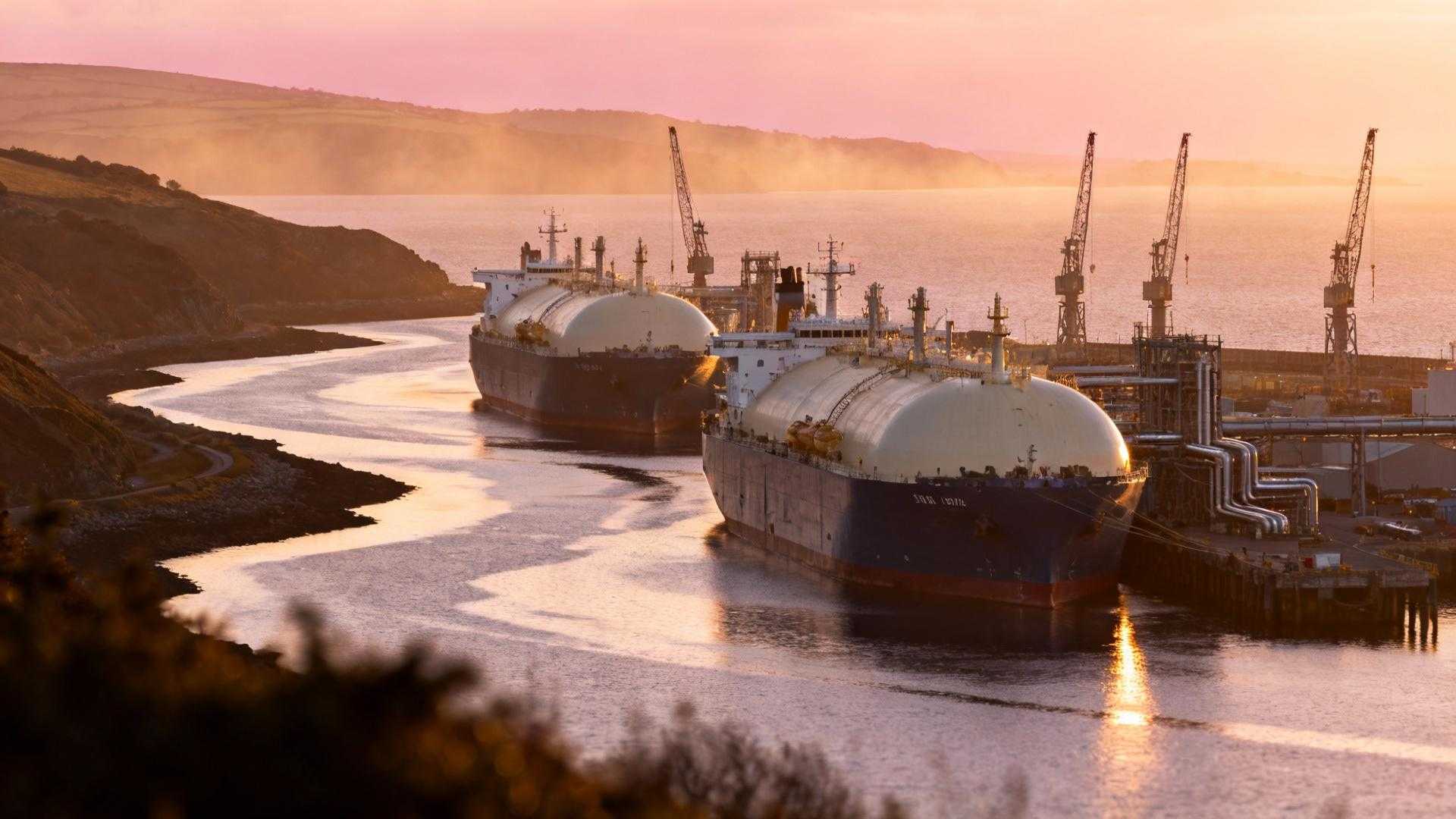Standing on the windswept quays of Milford Haven, watching massive LNG tankers glide through waters that once carried Nelson’s fleet, you realize this Welsh town defies every expectation. Here, just 13,000 residents orchestrate Britain’s 4th largest port by tonnage, handling more cargo than cities ten times their size.
This isn’t your typical Welsh coastal destination. While tourists flock to Tenby’s beaches or St Davids’ cathedral, Milford Haven quietly powers a quarter of Britain’s energy needs from what Admiral Nelson called “the finest port in Christendom.”
The numbers tell an extraordinary story. This compact waterway processes 21 billion cubic meters of gas annually through Europe’s largest LNG terminal, making every resident responsible for handling roughly 1.6 million tons of cargo yearly.
The deep water secret that powers Britain
Natural harbor depths that dwarf artificial ports
Milford Haven Waterway plunges to depths of 15.6 meters naturally, carved by ice-age flooding that created one of the world’s deepest natural harbors. While Portsmouth’s Historic Dockyard charges £30+ for glimpses of maritime heritage, here you witness live industrial ballet as 217,500-cubic-meter LNG carriers navigate channels deeper than most artificial ports worldwide.
The Welsh ria that shaped naval history
This drowned valley, or ria, extends inland for 20 miles, offering protected anchorage that sheltered Henry II’s invasion fleet in 1171. Today’s energy tankers follow the same deep-water routes that carried Welsh maritime heritage across centuries, connecting medieval military strategy with modern energy security.
Energy empire built by 13,000 souls
Europe’s largest LNG terminal in a small Welsh town
South Hook LNG terminal alone processes 15.6 million tons annually, more than many entire countries consume. Five massive storage tanks, each holding 155,000 cubic meters, dominate the skyline like industrial cathedrals. The scale becomes surreal when you realize this operation, managing 25% of Britain’s gas needs, employs fewer people than a typical shopping center.
The Dragon terminal that complements Qatar’s supply chain
Complementing South Hook, the Dragon LNG facility adds another 9 billion cubic meters yearly, directly linking Qatar’s North Field reserves to British homes. Since 2009, this terminal has handled over 300 cargoes, with specialized 4-tug operations guiding each massive vessel through waters that once saw whaling ships and Royal Navy frigates.
Working port authenticity versus tourist commercialization
24/7 operations that never sleep for visitors
Unlike heritage sites that preserve ancient Welsh legends, Milford Haven lives its maritime culture daily. The port operates continuously, welcoming cruise ships up to 220 meters alongside energy tankers, creating authentic industrial theater impossible to experience at sanitized maritime museums.
Welsh bilingual heritage in an international energy hub
Aberdaugleddau – “mouth of two rivers” in Welsh – reflects the town’s dual identity. Local street signs display both languages while international energy executives negotiate billion-pound contracts, creating a unique cultural fusion where traditional Welsh maritime communities interface with global energy markets.
The community that handles Britain’s energy security
Local expertise managing international supply chains
Pembrokeshire families operate cutting-edge LNG technology connecting Qatar’s reserves to Britain’s National Grid. This isn’t abstract industry – it’s neighbors and friends managing infrastructure vital to heating millions of British homes, demonstrating how small communities can wield enormous national importance.
Tourism that respects working port priorities
The Torch Theatre and Waterfront Gallery offer cultural depth without disrupting port operations, while local restaurants serve fresh seafood literally caught in waters shared by fishing boats and LNG tankers. Like working waterways elsewhere, authenticity emerges from operational reality rather than tourist performance.
Visiting Milford Haven reveals how extraordinary achievements emerge from unexpected places. This Welsh town proves that industrial heritage and natural beauty create more compelling experiences than artificial tourist attractions ever could.
Experience authentic Welsh maritime culture where 13,000 residents demonstrate that small communities can literally power nations, making every harbor view a lesson in how local expertise shapes global energy security.
Planning your visit to Britain’s energy capital
When should I visit Milford Haven for the best experience?
Visit between May and September for optimal weather and access to waterfront activities. The Torch Theatre runs year-round programs, while port viewing is best during weekdays when operations are most active.
Can tourists visit the LNG terminals?
Direct terminal access requires advance security clearance, but excellent viewing points exist from public waterfront areas and the Wales Coast Path, offering spectacular perspectives of energy operations.
How does Milford Haven compare to other Welsh coastal destinations?
Unlike tourist-focused Tenby or Swansea, Milford Haven offers authentic working port culture with genuine industrial heritage, providing unique insights into modern Welsh maritime communities.
What makes the harbor so strategically important?
The natural deep-water harbor requires no dredging, operates 24/7 regardless of tides, and provides sheltered anchorage for vessels up to 220 meters, making it irreplaceable for energy security.
Are there cultural activities beyond the port?
The Torch Theatre, Waterfront Gallery, and local craft shops showcase contemporary Welsh arts, while traditional pubs and seafood restaurants reflect authentic local culture rather than tourist-oriented entertainment.
